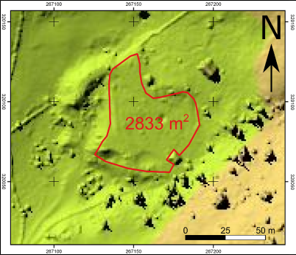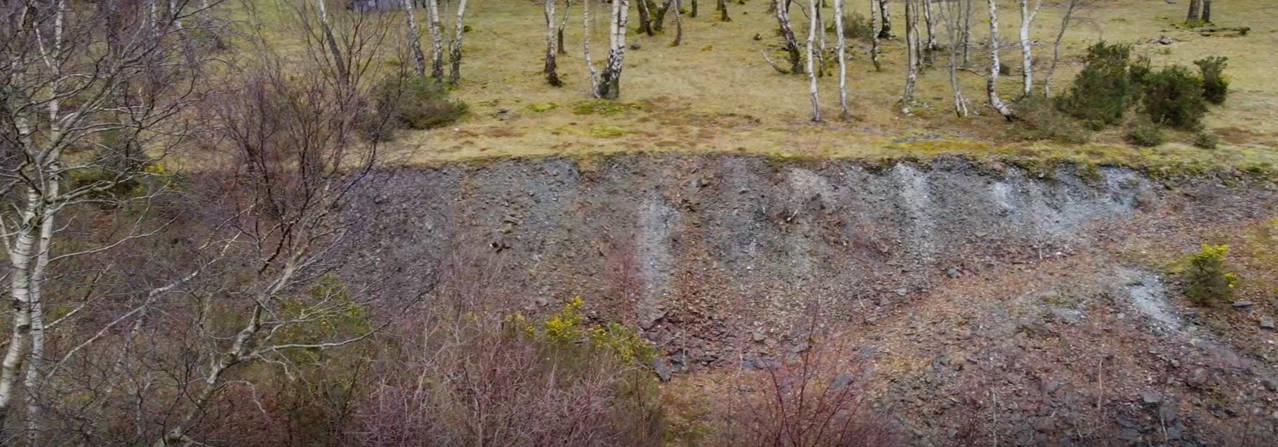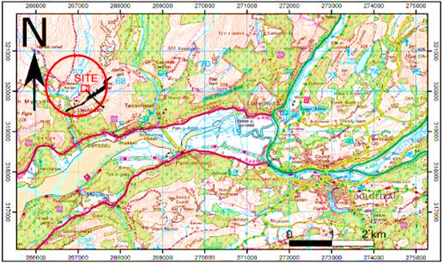The UK’s largest historic producer of gold, part of a wider gold project covering the length and breadth of the Dolgellau Gold Field in Wales and comprising several newly discovered gold targets.
Alba owns a 100% interest in an exclusive exploration licence over the Dolgellau Gold Belt in north Wales, covering a total area of 107 km² and over 300 known gold occurrences. The Project includes the historic Clogau-St David’s gold mine, which produced at least 80,000 ounces of gold, making it the UK’s largest ever gold producer. The mine closed in 1998, when the gold price was only $300 per ounce, compared to its present price close to $2000 per ounce.
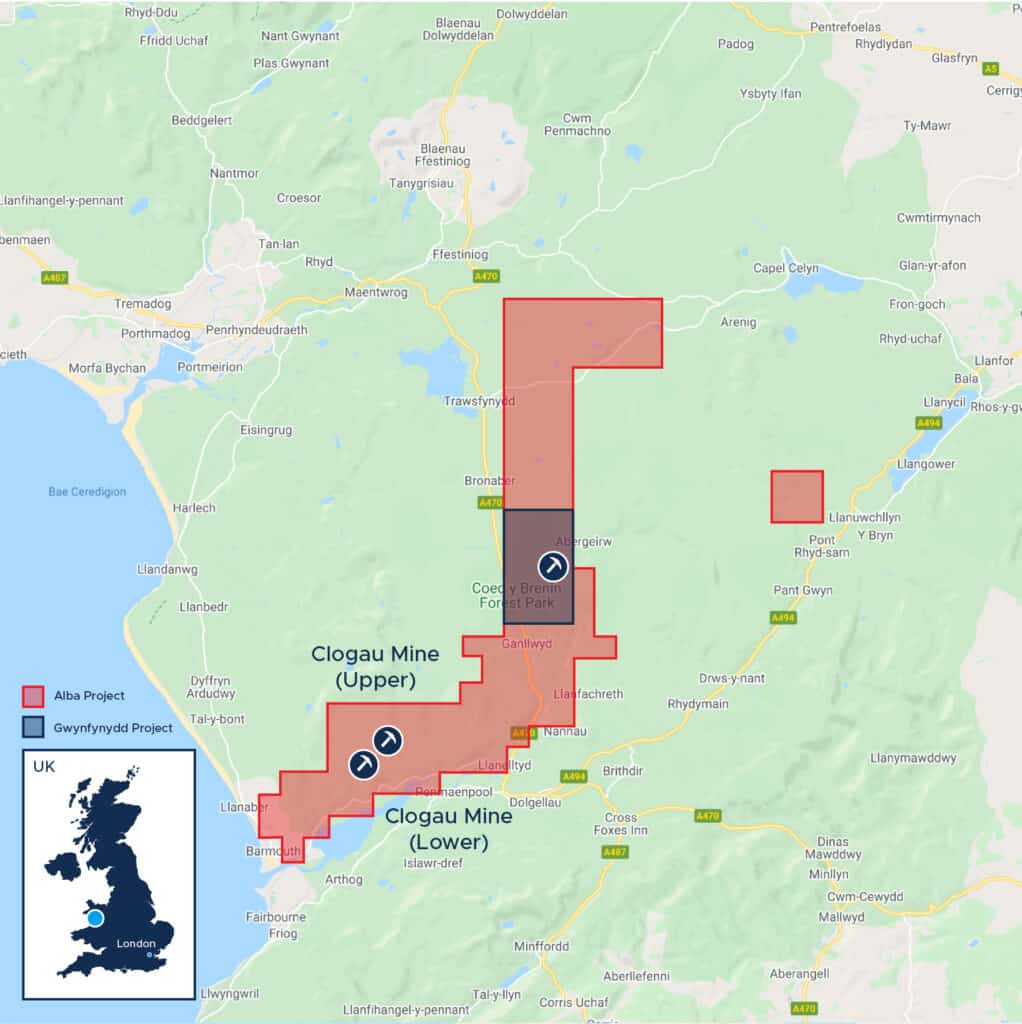
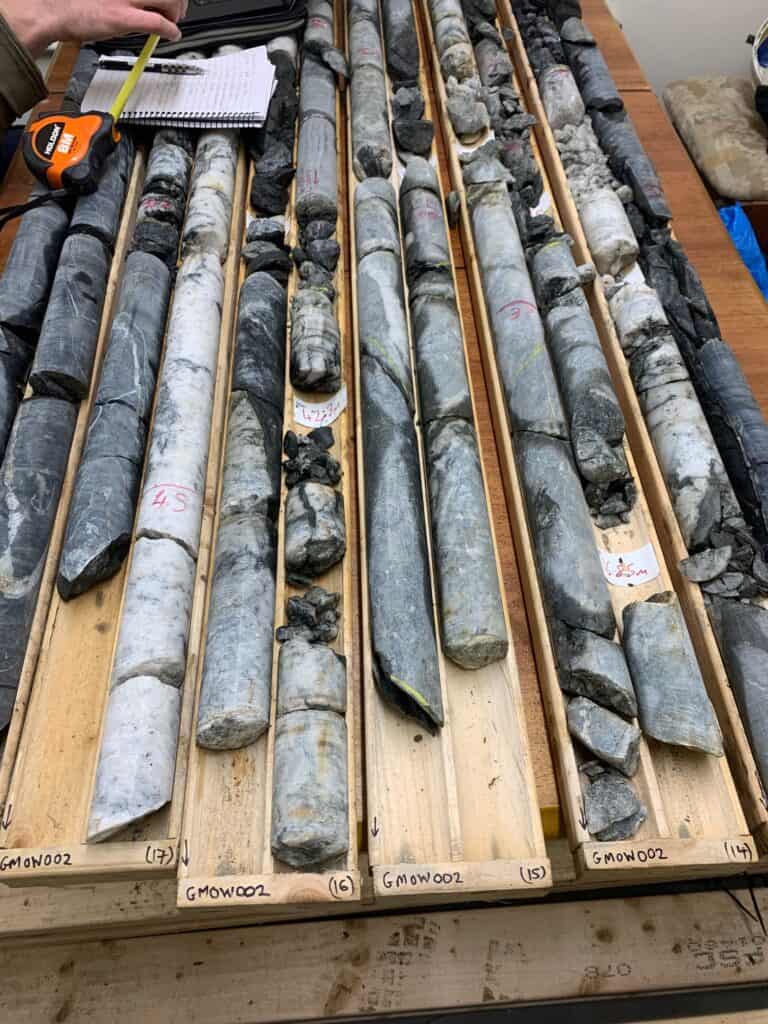
The geological setting for the gold at Clogau-St David’s is a combination of intrusive greenstones and shear zones dominated by inter-mixed Clogau shales and quartz veins. Historically, the gold has been found in exceptionally high-grade pockets within these quartz veins, with bonanza grades running from the tens to the hundreds of ounces of gold per tonne.
Alba believes there is excellent potential to find unexploited gold veins and is rolling out the most significant surface and underground exploration and development programme seen at Clogau-St David’s in many decades.
What is Welsh Gold?
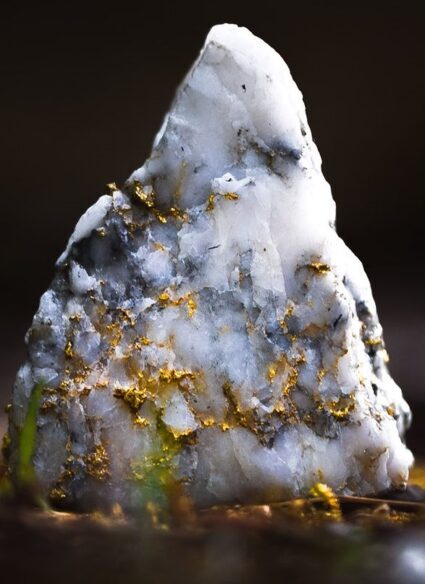
Welsh gold is gold that occurs naturally in two distinct areas of Wales and is highly prized because of its origin, heritage and scarcity. One area it is found in is north Wales, in a band stretching from Barmouth, past Dolgellau and up towards Snowdonia. This area, the Dolgellau Gold Belt, was mined at several mines, the largest of which were the Gwynfynydd Gold Mine and the Clogau Gold Mine.
Welsh gold, and particularly Clogau gold, has historically attracted a significant premium over the normal price of gold, known as the spot price.
Clogau Gold has a unique connection to the British Royal Family, having been used in the wedding bands for Royal weddings stretching back as far as The Queen Mother, then Elizabeth Bowes-Lyon (1923) but also Queen Elizabeth II (1947), Diana, Princess of Wales (1981), Prince Charles (1981 & 2005), Catherine, Duchess of Cambridge (2011) and Meghan, Duchess of Sussex (2018).
Clogau Gold has a deep connection and affinity with the Welsh people and is considered a heritage asset for Wales due of its significant contribution over the best part of a century and a half to the country’s society, economy, knowledge and culture.

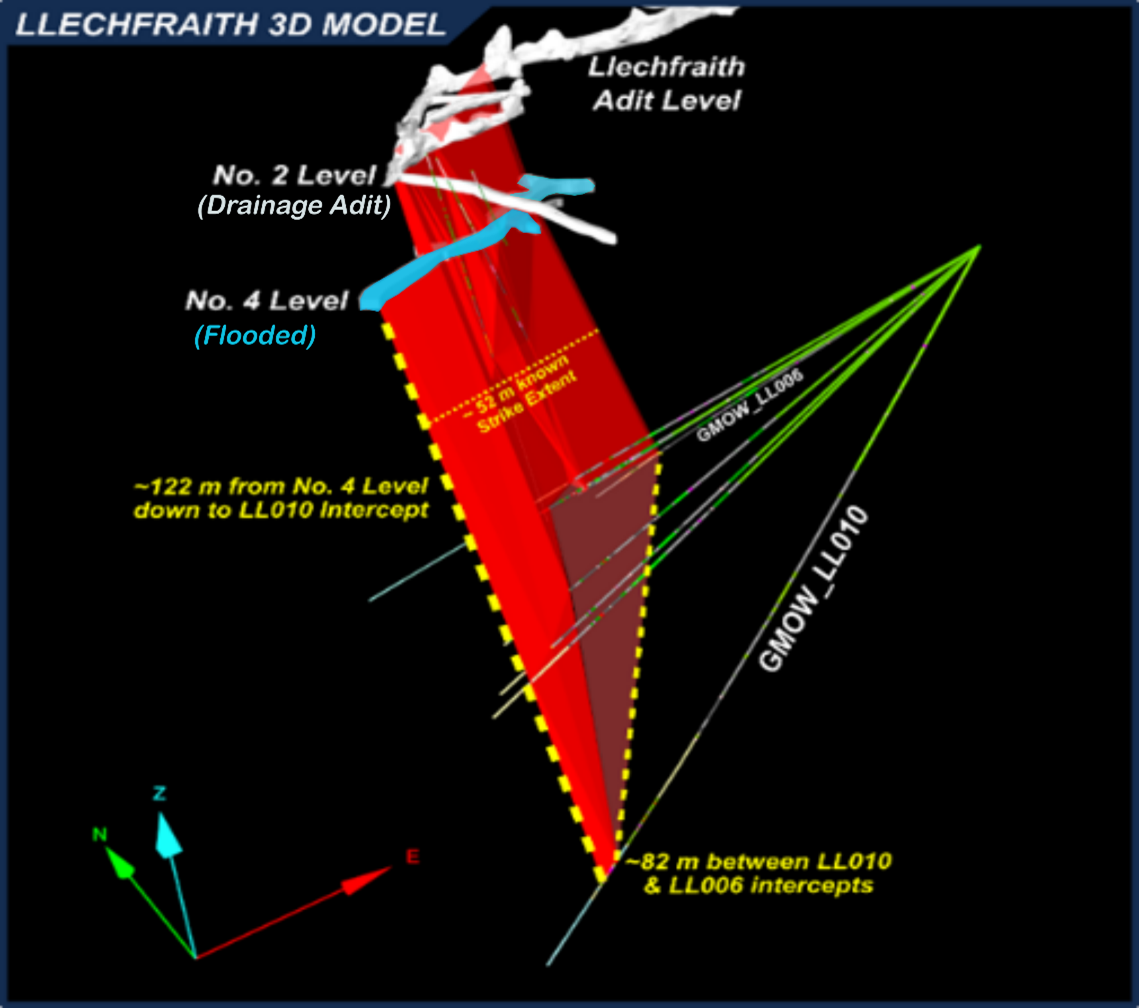
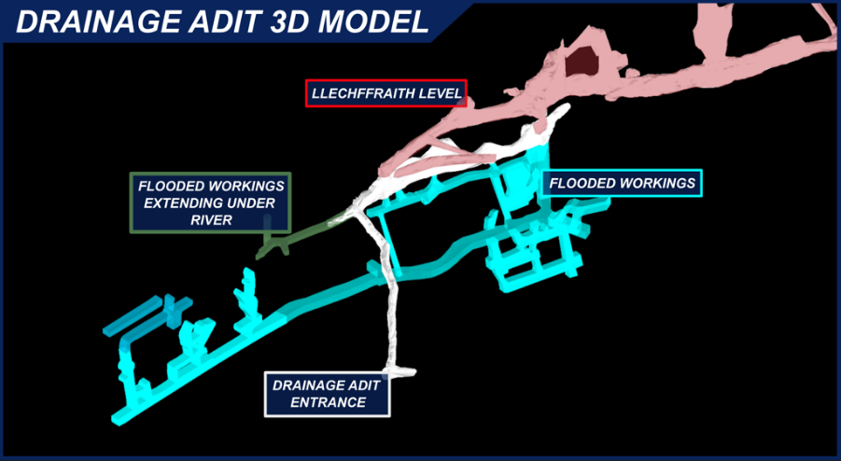
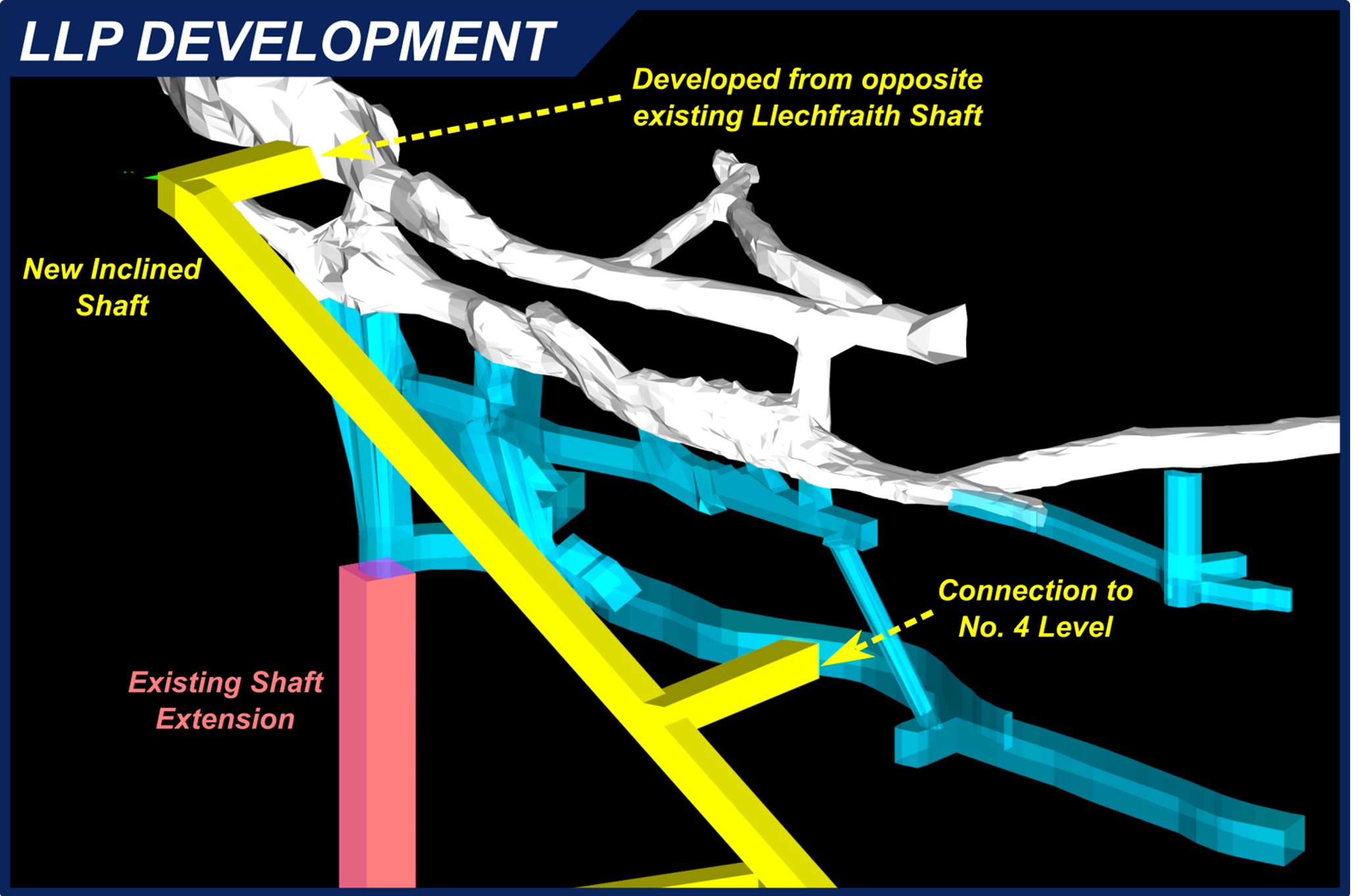 Visualisation of where inclined shaft (yellow) may be developed from existing workings on the Llechfraith Level, including how it could link to the existing No.4 Level
Visualisation of where inclined shaft (yellow) may be developed from existing workings on the Llechfraith Level, including how it could link to the existing No.4 Level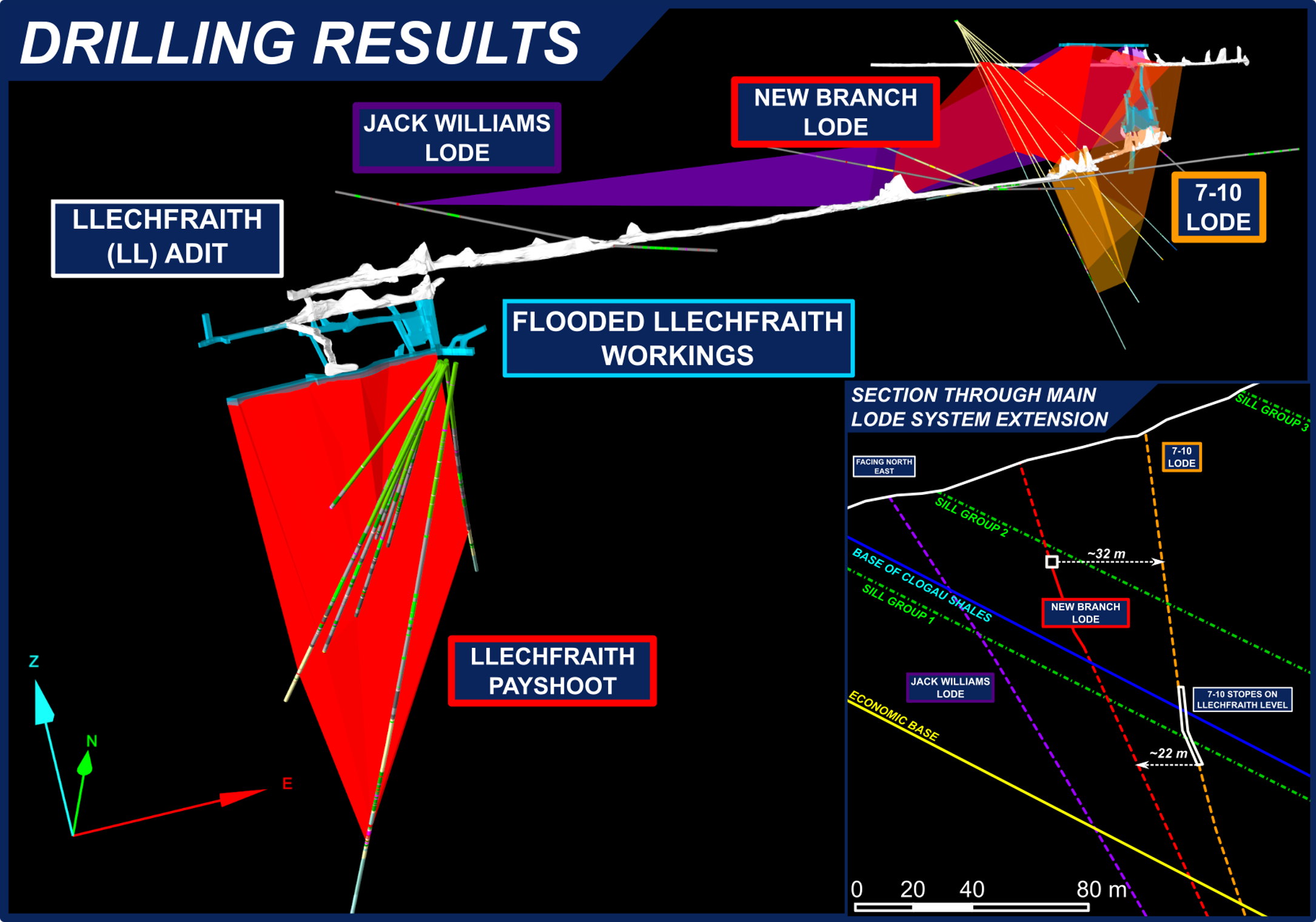
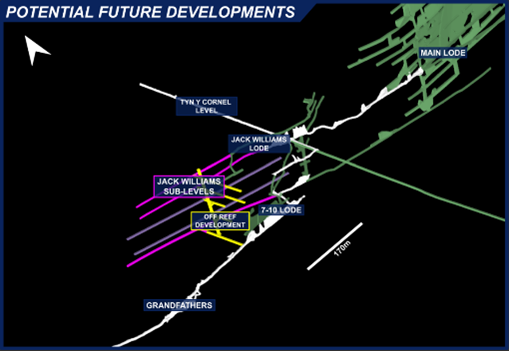 Future development plans for the Main Lode Extension
Future development plans for the Main Lode Extension